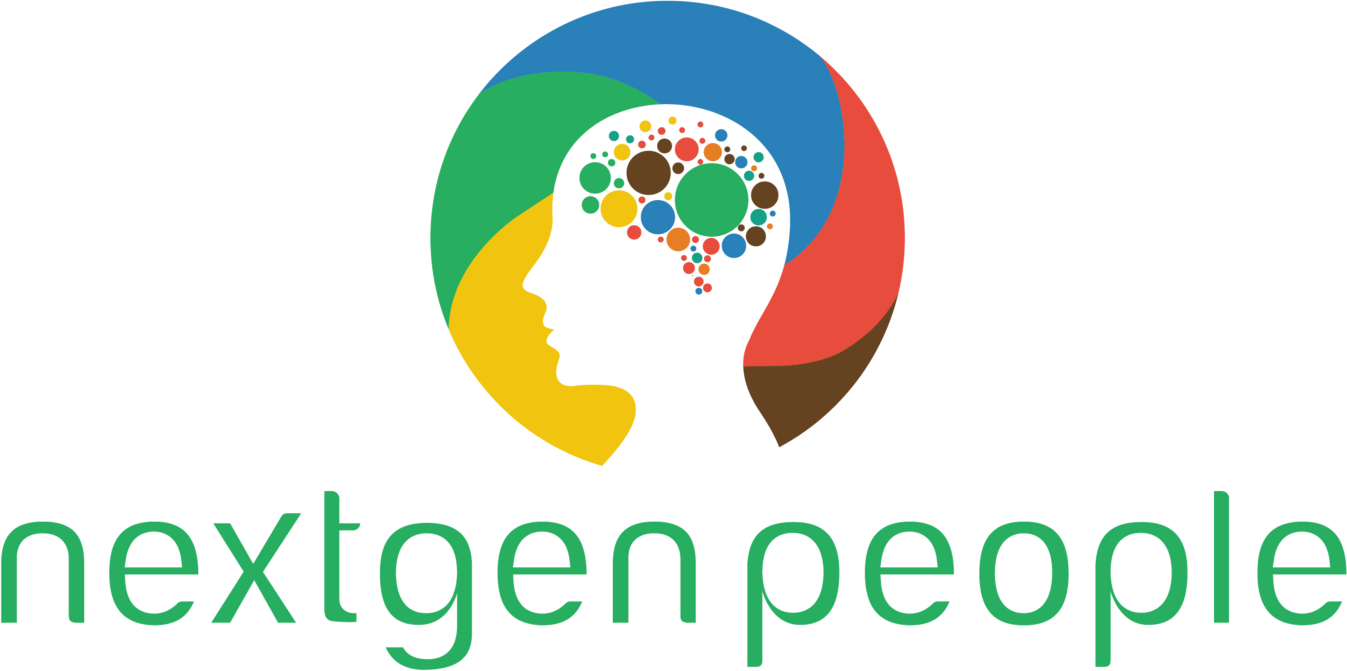Without Change Management, is there any Effective Six Sigma?
From the 1990s through the early 2000s, Six Sigma was all the rage. While Six Sigma is still popular, the new guy in town is Change Management, and every girl wants to date him. Ultimately, whether your focus is more on Six Sigma or more on Change Management, your goal is to improve your organization.
What if I told you that Six Sigma and Change Management should be inseparable tools in your business repertoire? Well, I am telling you just that. Deciding to separate Change from Six Sigma is choosing between Improvement and Efficiency. Why would a leader or organization improve without caring about efficiency and who increases effectiveness and efficiency without improving? While Six Sigma focuses heavily on the processes and efficiency related to your organization, this is incomplete without the vital focus on the people as evidenced in Change Management and vice versa.
Change Management isneeded whether through continuous gradual improvement, a project or transformation. Since change is inevitable, there should always be an organizational approach regarding how Change is to be addressed when it is needed, initiated or unexpectedly received.
In any comprehensive Six Sigma course, participants will receive some elements of Change Management, though it may not be introduced as such. For example, Communication Plans, Project Plans and Risk Plans are all classic tools taught in Six Sigma. Such tools are a part of Change Management and Project Management curricula as well. Working in the intersection of these various methodologies, you see quickly the overlap that inevitably takes place among all of them.
Any Six Sigma effort means change for your organization, therefore, in any Six Sigma effort it is important to manage the change with intention and rigor. At Nextgen People we use the Prosci Change Management tools that adhere to the ADKAR methodology. ADKAR standing for Awareness, Desire, Knowledge, Action and Reinforcement. In any Six Sigma Project, it is essential that you apply all steps of ADKAR or else your Six Sigma Project will not sustain success. There is no exception to this rule that comes to mind.
1. In any Six Sigma project, you want to ensure that stakeholders are Aware of what is about to change and improve. This awareness extends to not just the what, but the why, what is the benefit to what is taking place. Of course, stakeholder should understand what is to be differently expected from them.
2. Desire is phase that allows the Six Sigma project to receive needed support to make the effort happen. After awareness been given and people understand the WIFM (what’s in it for me), then the right desire can be cultivated to attain championship for the effort.
3. Knowledge is required for anyone to do their job effectively. When Six Sigma efforts are administered, it requires the increase of knowledge on behalf of some stakeholders for them to operate in a new process and/or even make the new process happen.
4. Action is the doing that is the essence of any project, whether a general project or Six Sigma methodology is being used.
5. Finally, Reinforcement of the what is implemented, the change is what ensures that the team, the employees are going to continue the momentum and institutionalize the improvements made.
While this language is tied to Change Management, these are all fundamental elements that we require in any Six Sigma project that we administer. The appropriate question isn’t whether Six Sigma and Change Management should be combined, but how can they effectively be combined for your initiative. Of course, the rigor of Change Management is going to vary, must as the rigor of Six Sigma varies depending on the complexity and what is desired to be achieved for the effort.
As we know there are many benefits to Change Management, these benefits are equally desired for Six Sigma efforts. In such efforts, we still want to see:
· Better communication, thus better implementation
· Great Executive and Leader Sponsorship and Support
· Decreased Stakeholder and Employee communication
· Increased productivity during the implementation
· Greater relationships during the project and after
· The improvement is more likely to be sustained and institutionalized post go- live.
Ultimately, there is no reason to choose between Change Management & Six Sigma, because they support each other in a way that is most beneficial for your organization.
Contributed by Dr. Lepora Menefee, Managing Director of Nextgen People www.nextgenpeople.com lepora@nextgenpeople.com

